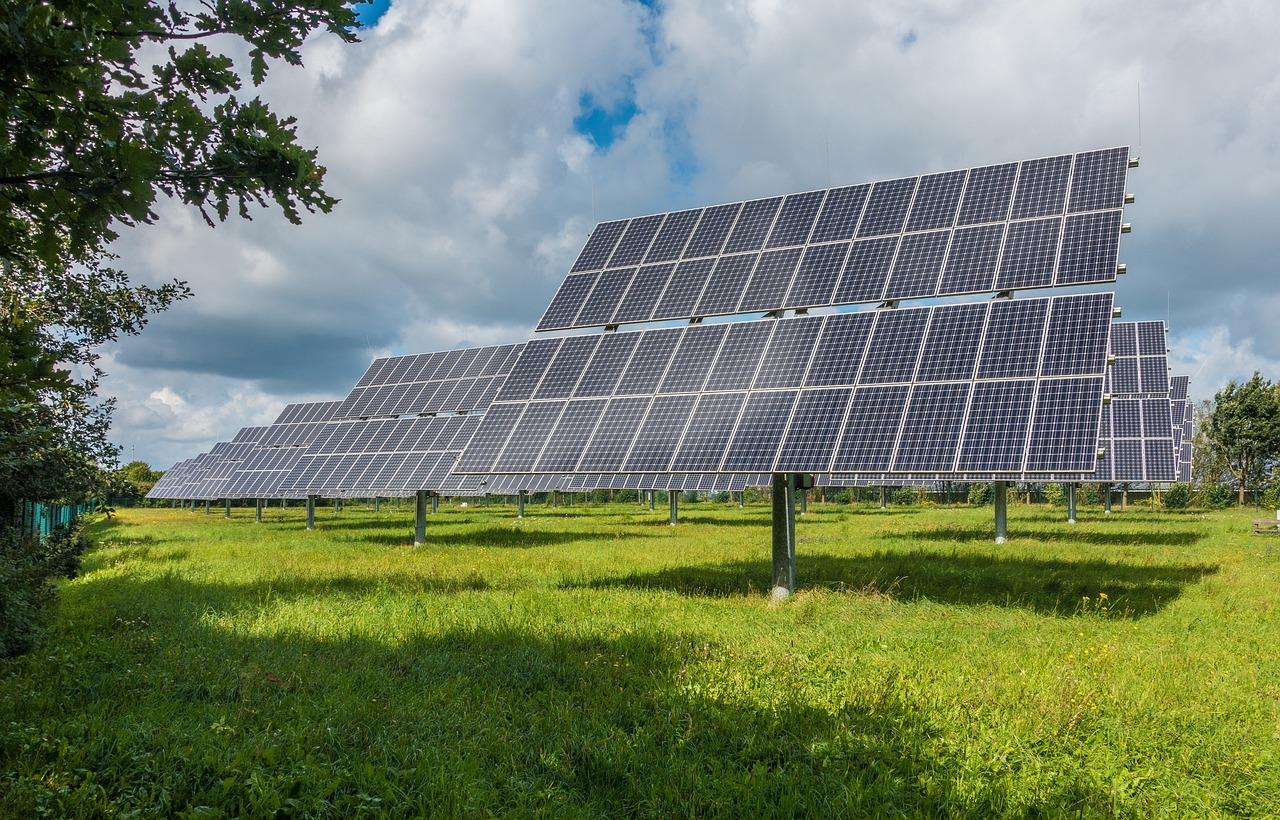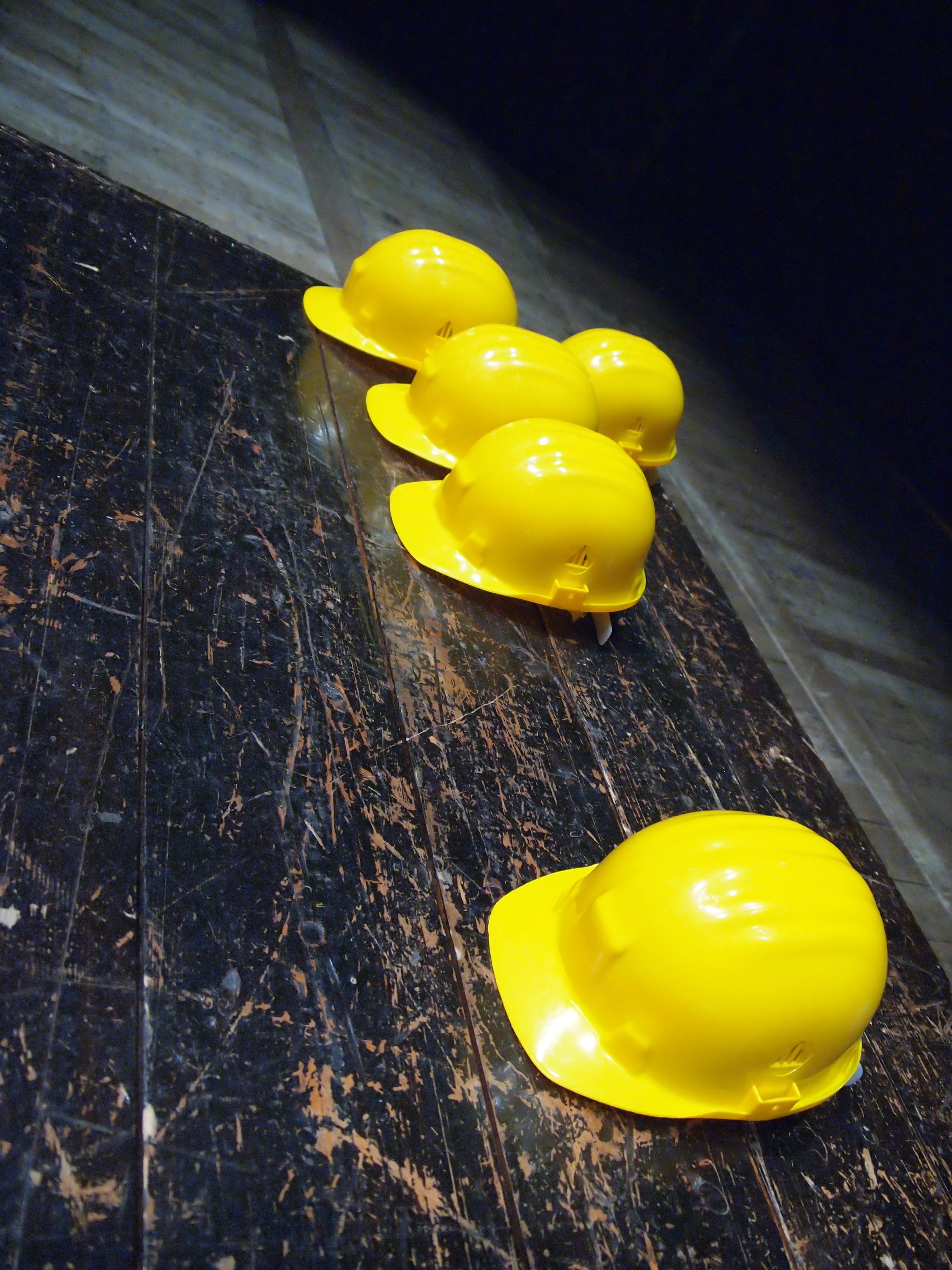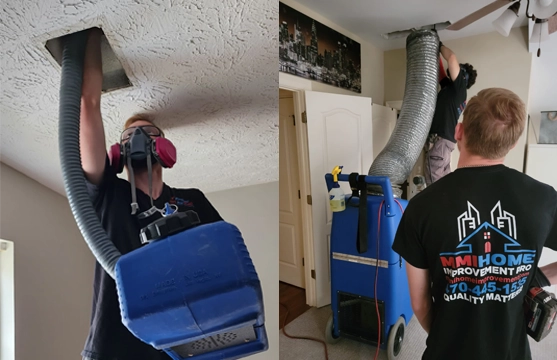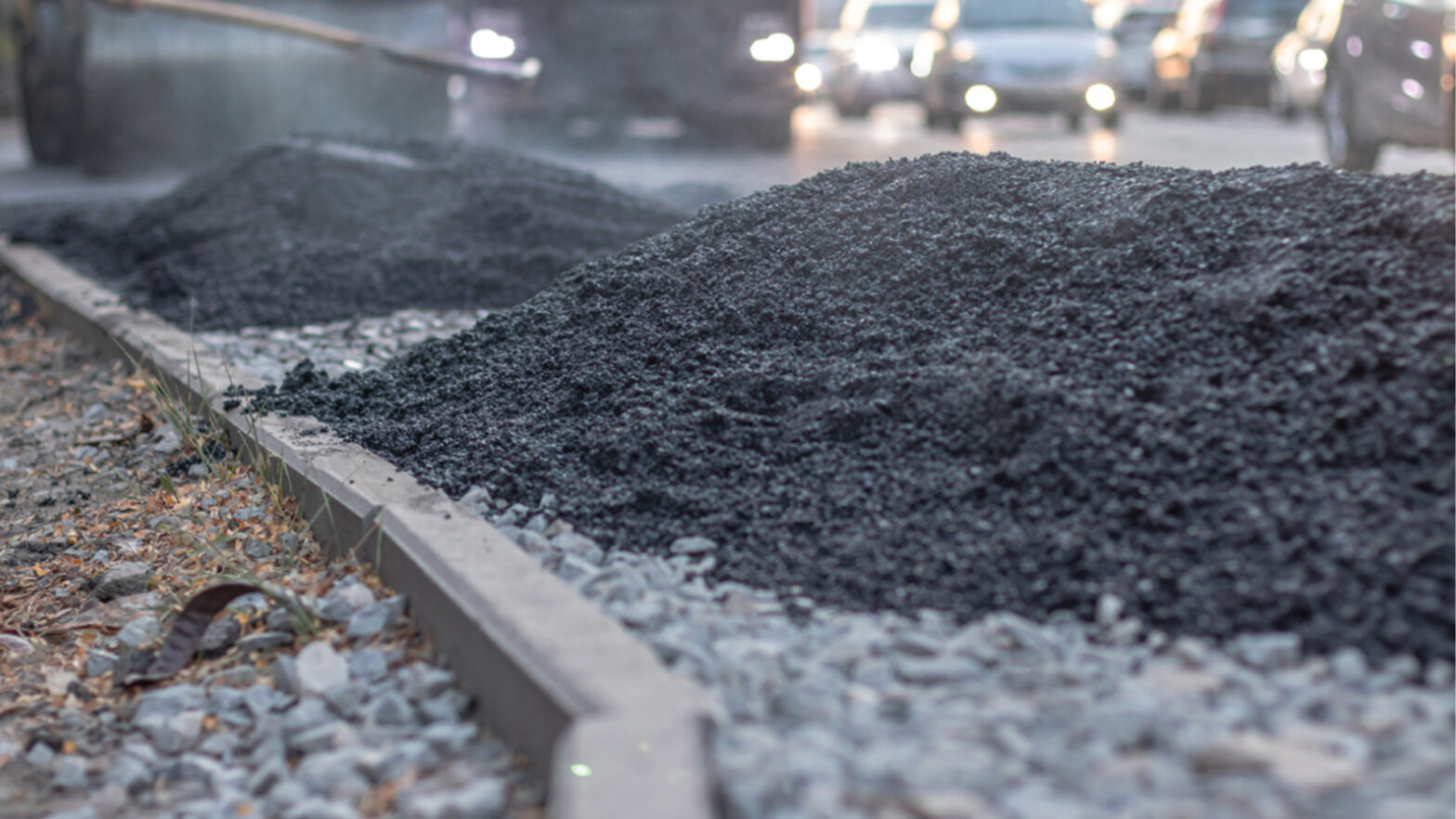The Role of Stainless Steel Materials in Renewable Energy Projects
Renewable energy is becoming essential for modern infrastructure because it helps reduce dependence on fossil fuels and minimize environmental impact. Solar, wind, hydro, and geothermal power projects rely on durable and corrosion-resistant materials to ensure long-term performance. Stainless steel plays a crucial role in these projects as it offers strength, reliability, and sustainability for different components used in energy production.
As the demand for cleaner power sources grows, industries focus on materials that can withstand harsh environments while maintaining efficiency. The ability of the metal to resist corrosion, high temperatures, and mechanical stress makes it a preferred choice for various applications in renewable energy systems.
Using high-quality stainless steel materials allows companies in the industry to enhance the durability and lifespan of critical components. This reduces maintenance costs and improves overall efficiency.
Why Stainless Steel is Essential in Renewable Energy
Corrosion Resistance
Renewable energy projects often operate in extreme environments. Offshore wind farms, solar panel structures, and hydroelectric dams are exposed to moisture, salt, and other corrosive elements. The material resists rust and degradation, which makes it ideal for use in such tough conditions.
The long-term performance of such systems depends on the reliability of their materials. Corrosion can weaken structures, reduce efficiency, and lead to costly repairs. Stainless steel ensures that renewable energy systems remain operational for decades without significant material deterioration.
Strength and Durability
Energy production requires materials that can handle stress, pressure, and changing environmental conditions. Stainless steel provides high strength while remaining lightweight, which makes it ideal for structural components in solar panels, wind turbines, and geothermal plants.
Durability is crucial in renewable power projects, where replacing materials can be expensive and time-consuming. The high tensile strength of stainless steel allows it to withstand mechanical loads, vibrations, and harsh weather conditions and ensures long-term stability in these systems.
Applications in Renewable Energy
Wind Energy
Wind turbines must withstand strong winds, heavy rain, and salty air in offshore environments. Stainless steel is used in turbine towers, rotor blades, and internal components to ensure long-lasting performance. Its corrosion-resistant properties make it ideal for offshore and coastal wind farms, where exposure to saltwater and humidity can cause rapid deterioration of other materials.
Beyond durability, the material also enhances the structural integrity of wind turbine components. The material’s high tensile strength helps turbines endure the continuous mechanical stress caused by rotating blades and shifting wind patterns. Additionally, the metal reduces the need for frequent maintenance and allows wind farms to operate efficiently for decades with minimal intervention.
Solar Energy
Solar power plants require structures that support photovoltaic panels and tracking systems. Stainless steel frames and mounts provide stability, corrosion resistance, and minimal maintenance, which ensures consistent energy generation. Since solar farms are often built in extreme environments such as deserts or coastal areas, stainless steel offers a long-lasting solution that can endure temperature fluctuations, UV radiation, and moisture.
One of the key benefits of the metal is its ability to support dynamic tracking systems that adjust panel angles for optimal sunlight absorption. These moving parts require a strong yet lightweight material that can withstand mechanical stress without compromising performance. Moreover, its recyclability aligns with the sustainability goals of the projects, which reduces the overall environmental impact.
Hydroelectric Power
Dams, water turbines, and pipelines in hydroelectric plants are exposed to constant moisture. Stainless steel prevents rust and wear in these structures, improves efficiency, and extends the lifespan of hydroelectric equipment. Unlike traditional materials that may degrade when submerged in water for long periods, steel maintains its strength and functionality in wet environments.
Hydroelectric plants rely on the material for key components such as floodgates, turbine blades, and penstocks, which control energy conversion. The material’s resistance to biofouling — caused by algae and microorganisms — prevents blockages and maintains smooth water flow. Additionally, its resistance to cavitation, a process where vapor bubbles form and collapse on metal surfaces, helps protect turbine blades from long-term damage.
Geothermal Energy
Geothermal plants operate in high-temperature environments, where corrosion and material degradation are common. Stainless steel heat exchangers, pipes, and structural supports maintain efficiency and prevent breakdowns in these systems. Since geothermal plants extract heat from deep underground, materials must withstand extreme pressure, heat, and the presence of naturally occurring acidic compounds.
The metal is essential because of its resistance to scaling and mineral buildup, which can clog pipes and reduce efficiency. Its durability ensures heat exchangers transfer thermal energy effectively without structural degradation. Additionally, advancements in alloys have led to enhanced resistance against sulfur-rich and high-salinity geothermal fluids, which makes it a preferred choice for these demanding applications.
Benefits of Stainless Steel in Renewable Energy Projects
| Benefit | Description |
| Corrosion resistance | Protects against rust and environmental degradation and reduces maintenance needs. |
| Durability | Withstands extreme temperatures, pressure, and mechanical stress. |
| Recyclability | Fully recyclable, reduces environmental impact, and supports sustainability. |
| High strength | Provides strong yet lightweight structures for efficient energy production. |
| Low maintenance | Minimizes operational costs and reduces downtime due to material failure. |
Types of Stainless Steel Used in Renewable Energy
| Type of Stainless Steel | Properties | Common Applications |
| 304 | General corrosion resistance, durable | Solar panel structures, wind turbine towers |
| 316 | High resistance to salt and chemicals | Offshore wind farms, hydroelectric dams |
| 430 | Cost-effective, moderate durability | Non-critical structural components |
| Duplex | High strength, superior corrosion resistance | Geothermal plants, heavy-duty applications |
Key Takeaways
- Stainless steel enhances the durability and efficiency of renewable power infrastructure.
- Its corrosion resistance and strength make it ideal for wind, solar, hydro, and geothermal applications.
- Despite higher initial costs, its long-term benefits outweigh the investment.
- Ongoing innovations are improving the performance and sustainability of stainless steel.
Renewable energy projects depend on strong and reliable materials to ensure long-term success. Stainless steel meets these demands and provides a sustainable solution that supports the global shift toward cleaner energy sources.


































